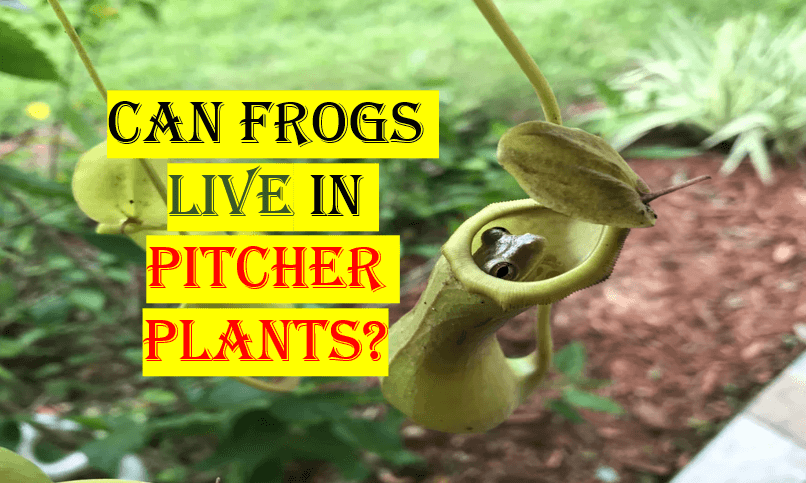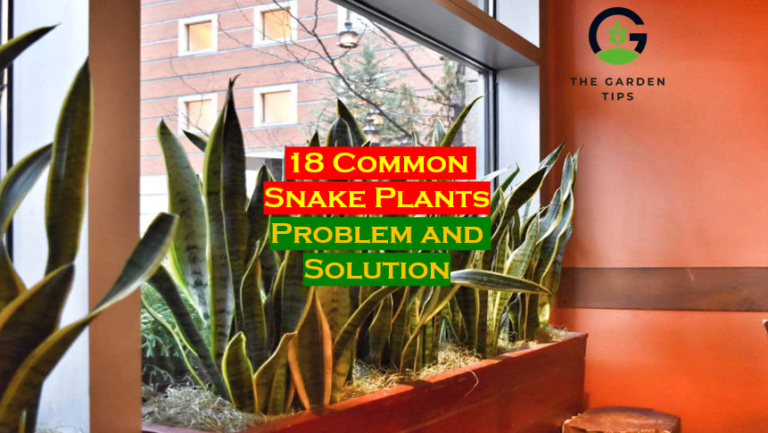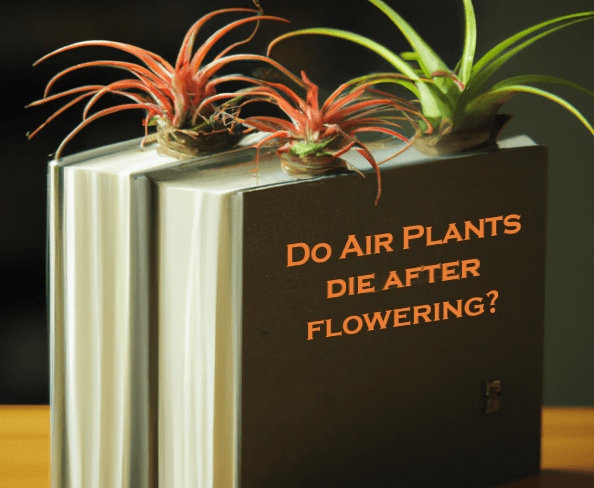Yes, frogs can live in pitcher plants. These plants are carnivores in nature and are adapted to be insectivores. These plants are grown in nutrient-poor soils where the soil is less in food and nutrients.

The pitcher plants need to replace their food source, other than soil, to get their food and nutrient from killing the insects they ingest.
Frogs are fascinating creatures known for their ability to adapt to different environments. One of these environments that some species of frogs have been known to occupy is the pitcher plant.
What is Pitcher Plant
Pitcher plants are carnivorous plants found in many parts of the world, including North America, Southeast Asia, and Australia. They get their name from the shape of their leaves, which resemble deep, downward-facing pitchers. The inside of the pitcher is lined with a slippery surface and filled with digestive fluid that helps the plant to capture and digest its prey.
Is Pitcher Plant Traps?
Pitcher plants have modified leaves that evolved into a pitbull trap, a deep, dark, slippery cavity filled with digestive fluids. When an insect sits on the lip of the pitcher, it can’t escape and eventually falls into the cavity where the plant digests it.
Frogs have also been known to have these food sources in the traps, and in some cases, lay their eggs and have larvas there. Some frogs, such as Borneo’s tiny Microhyla nepenthicola use pitcher plants as nurseries for their tadpoles.
Type of Frog Species lives in Pitcher Plant
- Green Tree Frog (Hyla cinerea) – This species is native to the southeastern United States and is often found in the vicinity of pitcher plants.
- Long-legged Tree Frog (Hyperolius viridiflavus) – This species is native to tropical regions of Africa and is present in pitcher plants in wetland habitats.
- Red-eyed Tree Frog (Agalychnis callidryas) – This species is native to Central and South America and is mostly found in pitcher plants in the rainforests.
- Cricket Frog (Acris crepitans) – This species is native to the southeastern United States and is sometimes found in pitcher plants.
- Marsh Frog (Rana ridibunda) – This species is native to Europe and Asia and is sometimes found in pitcher plants in the wetlands.
Why Frog need Shelter in Picther plant
Some reasons why frogs might seek shelter in pitcher plants include:
- Protection from predators – The sticky liquid in the bottom of the pitcher can help to protect the frogs from predators by making it difficult for other animals to reach them.
- Moist environment – Frogs require a moist environment to survive, and pitcher plants retain water in the bottom of the pitcher.
- Breeding habitat – Some species of frogs, such as the Green Tree Frog, use pitcher plants as a breeding habitat. The plants provide a secure and moist environment for the eggs and tadpoles.
- Food source – Pitcher plants can provide food for frogs, as they often contain insects that the plant has captured.
The sticky liquid in the bottom of the pitcher can also help to protect the frogs from predators, as it makes it difficult for other animals to reach them.
Is Pitcher Plant Dangerous For Frog
Living in pitcher plants can also be dangerous for frogs. The digestive fluid in the pitcher can be toxic, and the frogs can become trapped in the sticky liquid, causing them to drown. Additionally, the frogs’ presence in the pitcher can alter the balance of the plant’s ecosystem, as they consume insects that would otherwise be captured and digested by the plant.
Despite these potential dangers, many species of frogs have successfully adapted to life in pitcher plants. This is because they have developed unique strategies for survival in this environment. For example, some species of frogs have developed a slime coating on their skin that helps to protect them from the digestive fluid. Other species have evolved to be more agile and able to escape from the pitcher if they become trapped.
Pitcher Plant Vs Eco System
In addition to providing a habitat for frogs, pitcher plants also play an important role in the ecosystem. They are a crucial food chain, serving as predators and prey. They capture and digest insects, providing food for other animals, such as birds, reptiles, and bats.
The relationship between frogs and pitcher plants is an example of the interdependence of different species in an ecosystem. This interdependence is a vital aspect of the delicate balance of nature. It highlights the importance of preserving and protecting the unique habitats of all species, including those that may seem unusual or unconventional.
Other Species live on Pitcher Plant
Aside from frogs, other species have also been observed using pitcher plants as a temporary food source, including:
- Insects – Various insects, such as ants, flies, mosquitoes, and mites, are attracted to the nectar in the pitcher plants and can become trapped in the sticky liquid.
- Snails – Some snails have been observed living in pitcher plants and feeding on the insects trapped in the liquid.
- Spiders – Some species build their webs in or near pitcher plants to feed on the insects that are attracted to the nectar.
- Small mammals – Some small mammals, such as shrews and bats, have been observed feeding on the insects that are trapped in the pitcher plants.
Final Words
Frogs can live in Pitcher Plant; it is not a typical environment for long-term survival. These plants are not normally intended to give all the elements that frogs require to flourish, and their digestive juices can harm frogs. However, several frog species have been observed using pitcher plants as a temporary food source and a location to hide from predators. Furthermore, the presence of frogs and other animals within pitcher plants provides a unique ecology in which numerous organisms interact and feed on one another, providing food and shelter for various species.







